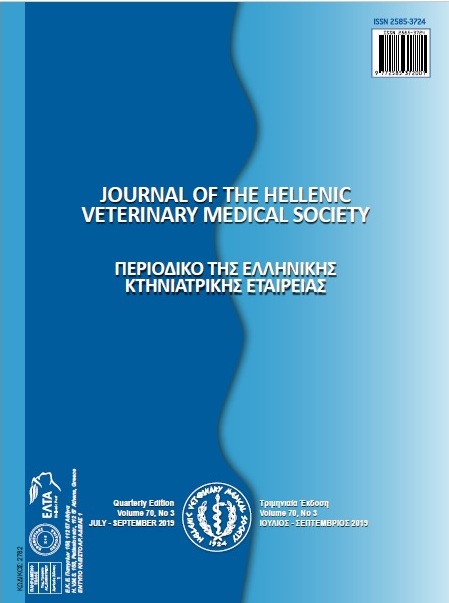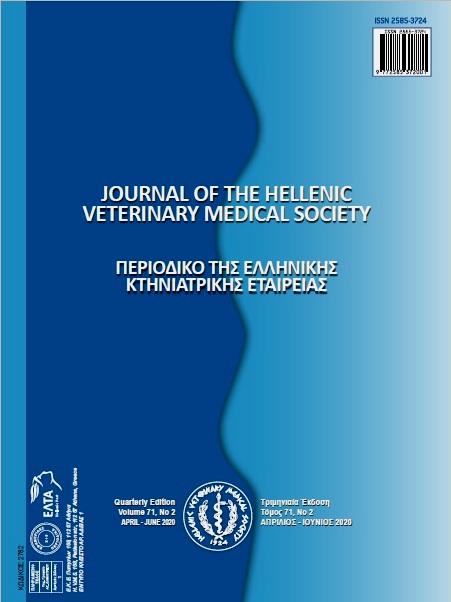Biochemical characteristics of reduced-fat cheese made from high-heat treated goat’s milk supplemented with Penicillium candidum

Abstract
Novel reduced-fat goat-cheese (R) was produced from high-pasteurized milk using Penicillium candidum as an adjunct. A full-fat goat-cheese (F) from pasteurized milk without mold addition was produced for comparison reasons. Physicochemical analyses of the two cheeses were performed through the 14-d period of ripening. The effect of P.candidum on proteolysis of goat-cheese caseins and the production of hydrophilic and hydrophobic peptides during cheese ripening were investigated. To our knowledge, similar results for reduced-fat, mold-ripened, goat-milk cheeses have not been previously reported before. R-cheese exhibited a higher organoleptic score and developed properties similar to Kopanisti, which is a Protected Designation of Origin Greek soft cheese with specific intense flavour manufactured from raw milk without the use of starters. Moreover, R-cheese had significantly higher moisture, protein in dry matter and water soluble nitrogen contents than F-cheese and was less adhesive. The high-pasteurization improved the texture and cheese yield, while the use of P. candidum as an adjunct improved the flavour, increased and accelerated proteolysis in R-cheese. According to the results, the technology for R-cheese employed in the present study can be easily adopted and could be used to produce a reduced-fat goat-cheese.
Article Details
- How to Cite
-
KAMINARIES, S., SCORDOBEKI, A., ZOIDOU, E., & MOATSOU, G. (2019). Biochemical characteristics of reduced-fat cheese made from high-heat treated goat’s milk supplemented with Penicillium candidum. Journal of the Hellenic Veterinary Medical Society, 70(3), 1669–1678. https://doi.org/10.12681/jhvms.21791
- Issue
- Vol. 70 No. 3 (2019)
- Section
- Research Articles

This work is licensed under a Creative Commons Attribution-NonCommercial 4.0 International License.
Authors who publish with this journal agree to the following terms:
· Authors retain copyright and grant the journal right of first publication with the work simultaneously licensed under a Creative Commons Attribution Non-Commercial License that allows others to share the work with an acknowledgement of the work's authorship and initial publication in this journal.
· Authors are able to enter into separate, additional contractual arrangements for the non-exclusive distribution of the journal's published version of the work (e.g. post it to an institutional repository or publish it in a book), with an acknowledgement of its initial publication in this journal.
· Authors are permitted and encouraged to post their work online (preferably in institutional repositories or on their website) prior to and during the submission process, as it can lead to productive exchanges, as well as earlier and greater citation of published work.



